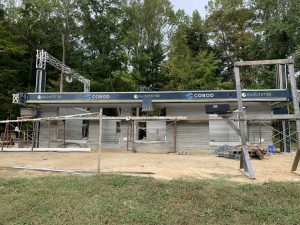
3D-Printed Houses: New Trend or Lasting Solution?
Habitat for Humanity sponsored a virtual panel discussion on 3D-printed homes, moderated by Shelterforce’s editor in chief, Miriam Axel-Lute.
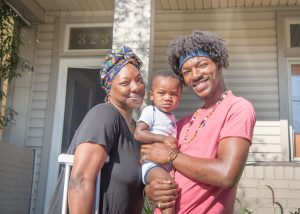
Making Homeownership Work Better
Programs that help households of color buy homes haven’t made much of a dent in the racial wealth gap. But some strategies could generate better outcomes for buyers.
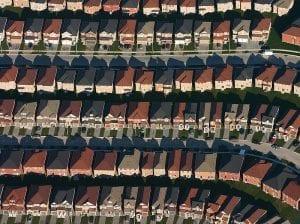
Increased Homeownership Won’t Close the Racial Wealth Gap
Despite the hopes pinned on it, homeownership is currently too affected by racism at every turn to be an equalizer.

Rethinking the Racial Wealth Gap With Anne Price
A lot of conversations about the racial wealth gap focuses too much on homeownership as the only solution. It’s much more complex. Shelterforce’s Miriam Axel-Lute talks with Anne Price, president of the Insight Center for Community Economic Development.
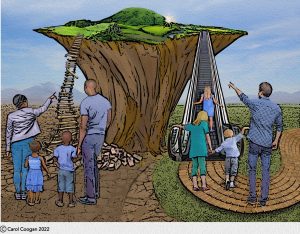
Moving Beyond the Holy Trinity of Racial Wealth Gap Answers
We’ve been carrying out asset-building strategies for decades now, but the wealth gap has not shrunk. What needs to be done about it?

What Is NIMBYism and How Do Affordable Housing Developers Respond to It?
NIMBYism is often expressed as concerns about crime, congestion, schools, property values, and “quality of life.” But when developments are built these fears rarely come to pass.
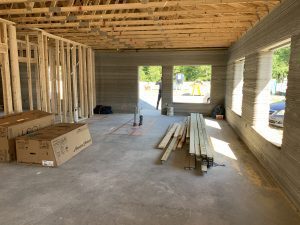
Building Differently: Can It Reduce Construction Costs?
Experiments to lower construction costs, from reusing shipping containers to 3D printing walls, have been happening for years. But are any of these approaches able to provide meaningful savings at scale?

The Harbinger of the Modern Disaster Era: An Interview with Andreanecia Morris
From Katrina to COVID to Ida, the director of Housing NOLA talks about FEMA, communications systems, racism, and resiliency.
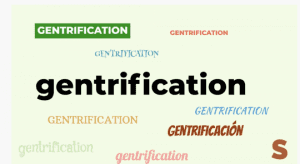
What Does ‘Gentrification’ Really Mean?
The word “gentrification” has become a widespread and highly debated term. We’ve found that there are (at least) four broad kinds of things that people mean when they say they are concerned about “gentrification.”
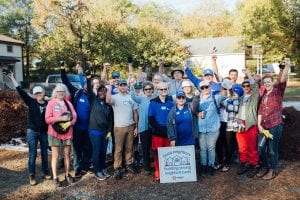
Keeping Community Control as Community Land Trusts Grow
When a CLT grows, the “community” it represents can sometimes be more difficult to define. But to some extent it always was.
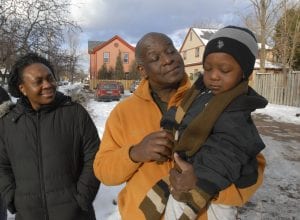
Champlain Housing Trust: Breadth and Depth
Over 2,400 rental apartments, 600 shared-equity homes, cooperatives, and a couple of hotels for the unhoused—How the largest community land trust in the U.S. scaled up.
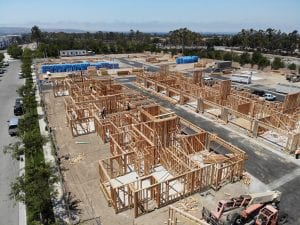
Scaling Up: How Some Community Land Trusts Are Getting Bigger
The community land trust model is in a time of dramatic growth and creativity. Some CLTs are aiming for larger scale than has been typical. How are they doing it?
